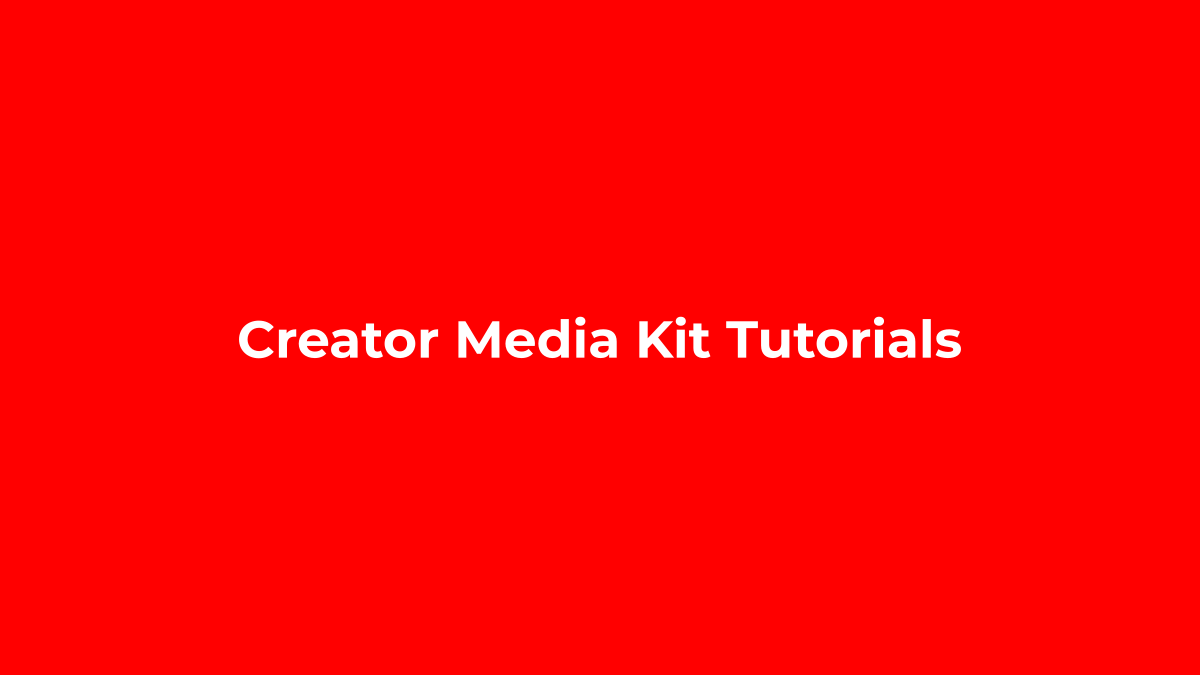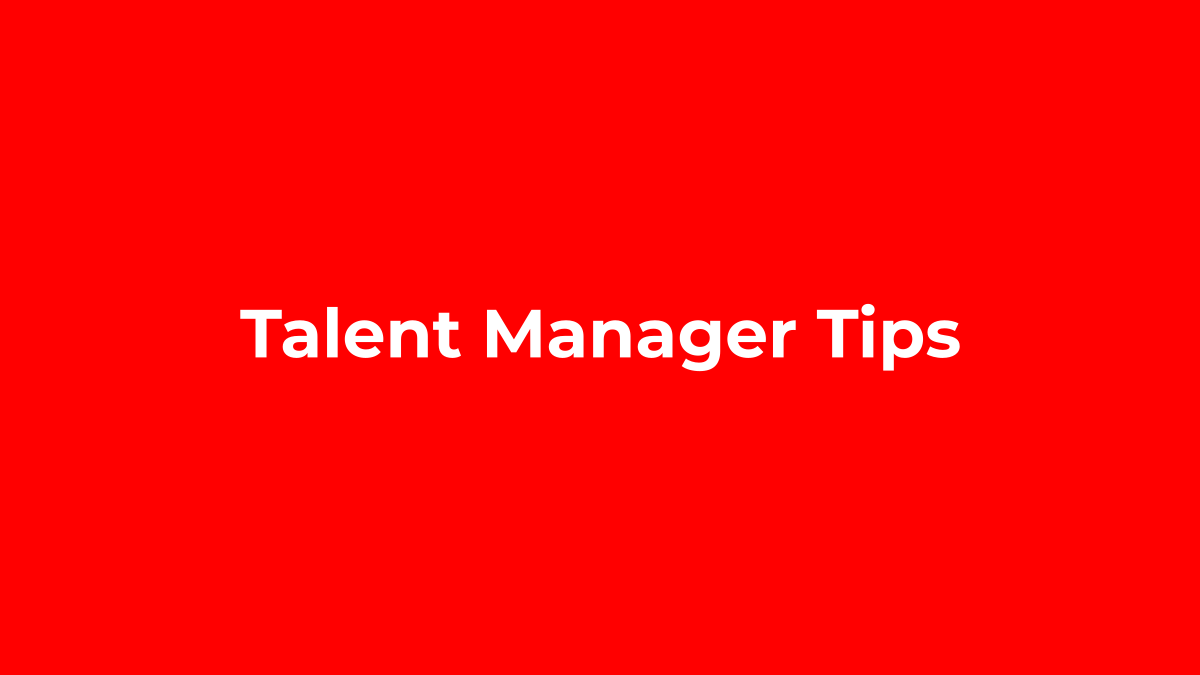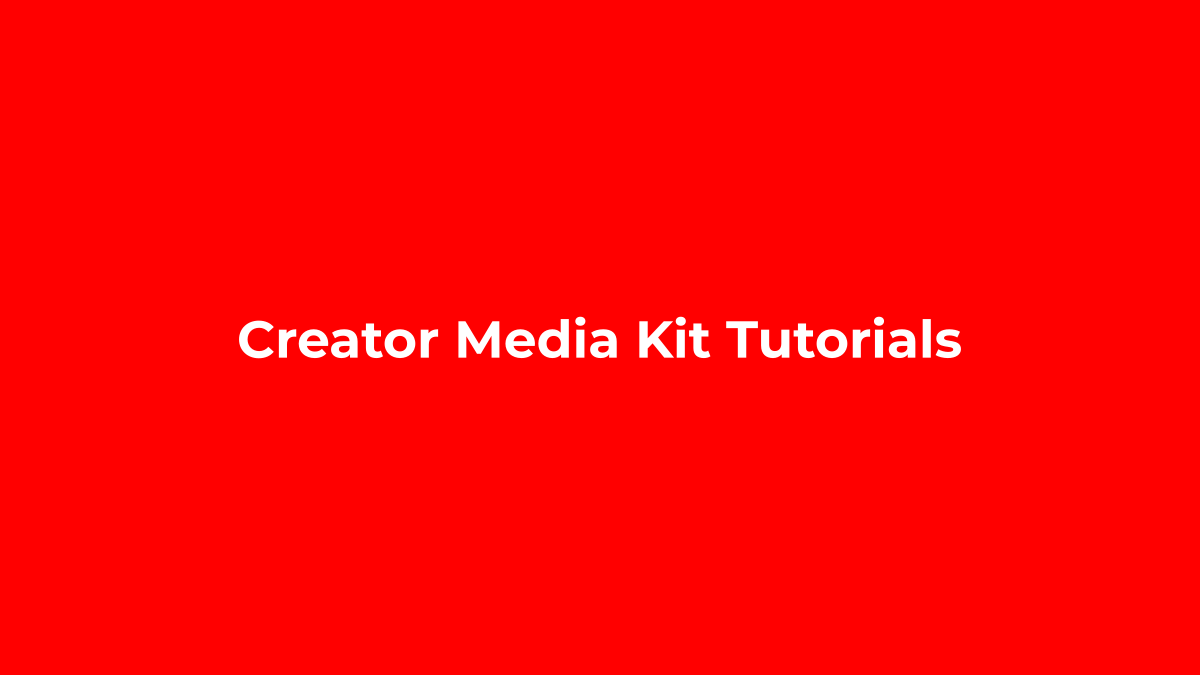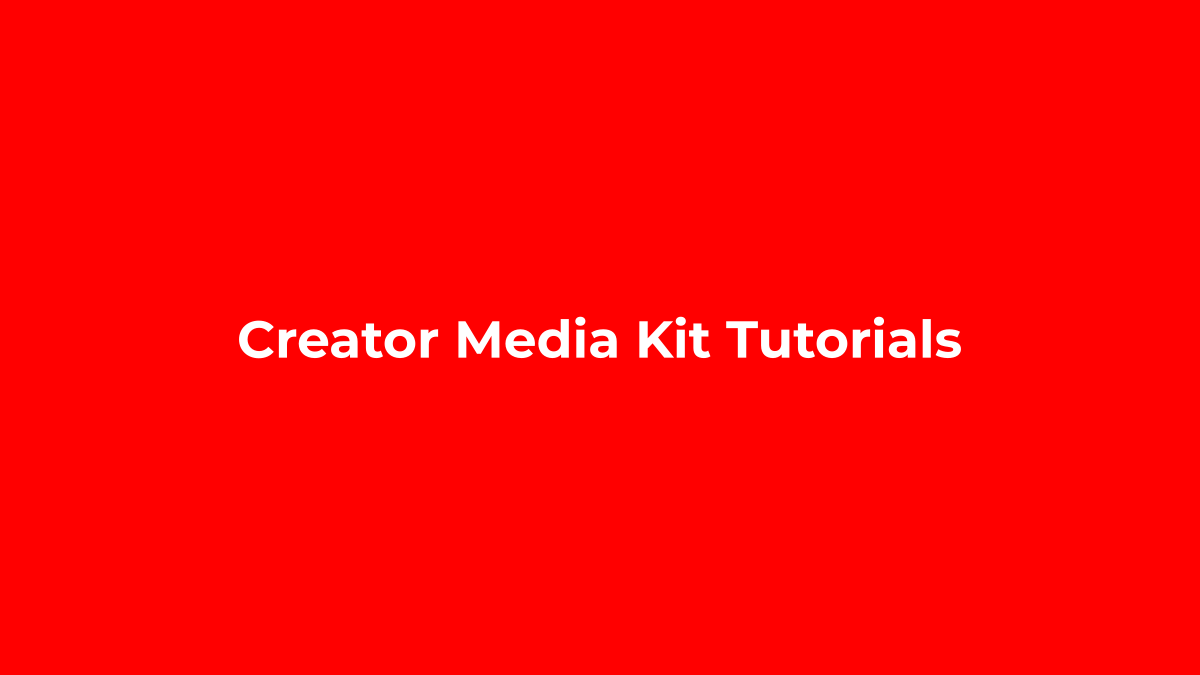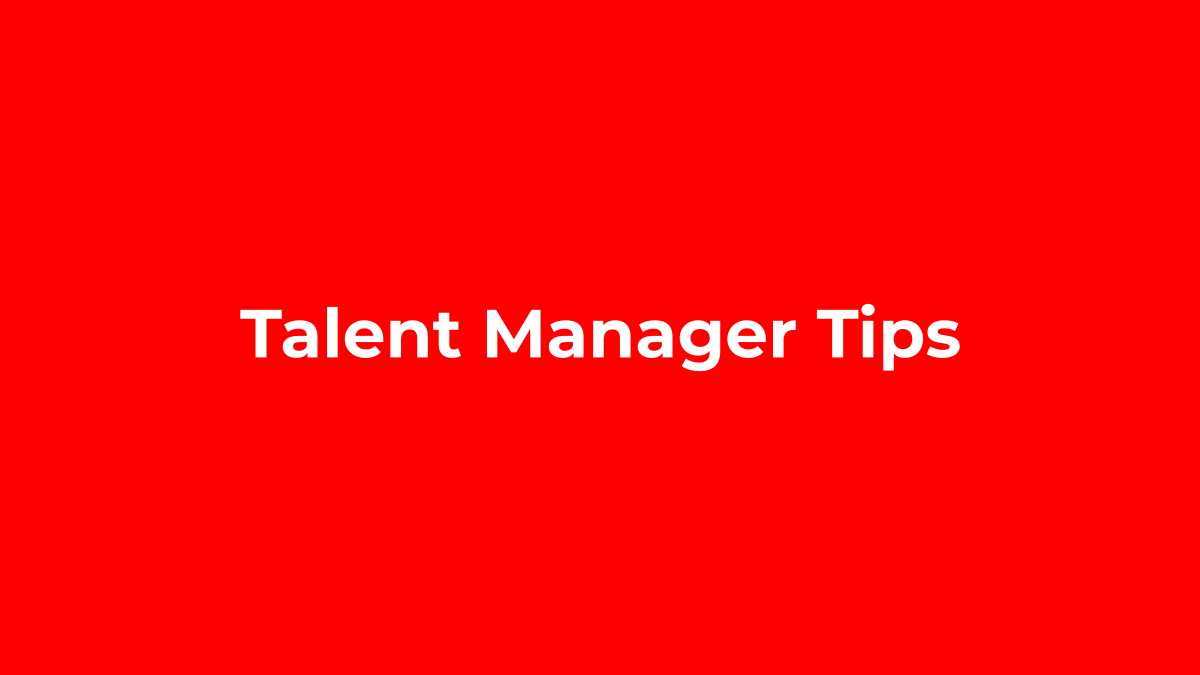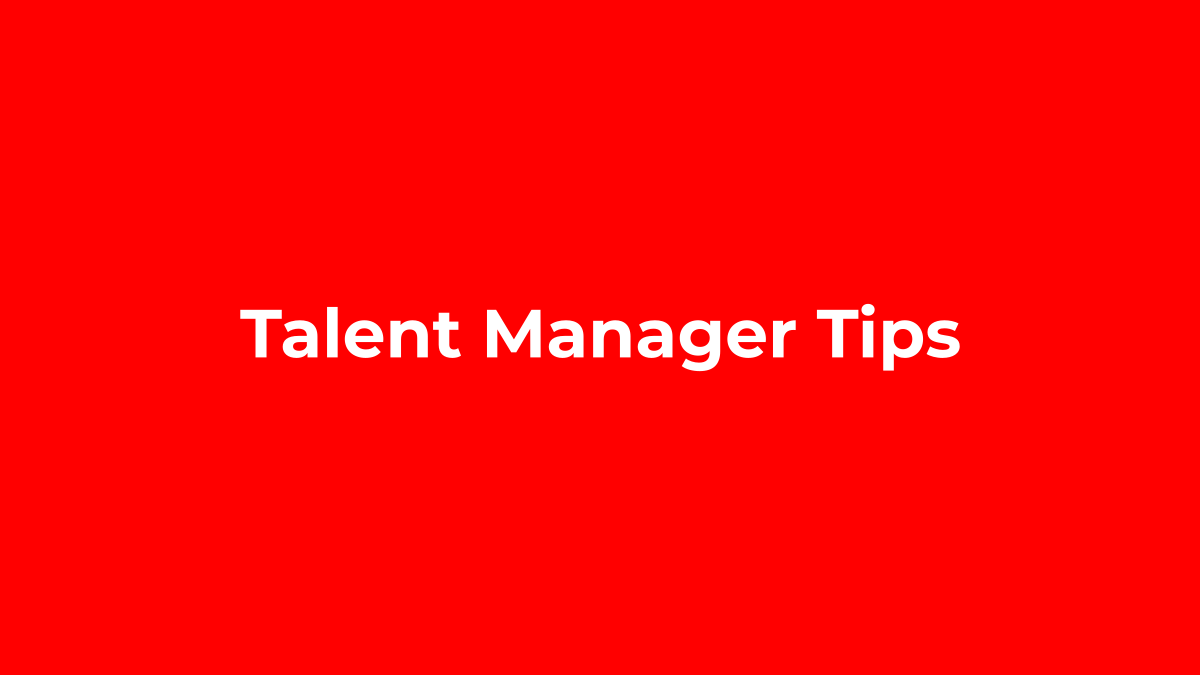As a creator, you’ve likely heard about the importance of media kits. But what exactly should you include to captivate brands and sponsors effectively? This article focuses on the essential components your media kit must contain to stand out on platforms like Instagram, TikTok, YouTube, and Snapchat.
Contents
Creator Bio and Mission Statement
Your bio is your first impression. Briefly introduce yourself and clearly express your unique selling point (USP). Don’t forget to outline your mission statement to let brands know the values you stand by and how you benefit their campaigns.
- Tip: Keep your bio concise, professional, and personable.
- Example: “Fitness enthusiast empowering young adults to embrace a healthy lifestyle through daily TikTok workouts and motivational content.”
Social Insights and Key Metrics
Brands trust data. Clearly outline your follower count, engagement rates (likes, comments, shares), impressions, and video views. Include metrics relevant to your main platforms to give sponsors a clear idea of your content’s reach and impact.
- Tip: Regularly update metrics to ensure accuracy.
- Example: “YouTube: 185K subscribers, average views per video: 22K, average engagement rate: 4.5%.”
Audience Demographics & Analytics
Outline your audience composition regarding age, gender, geographic location, and interests. Brands are keen to see if your audience aligns with their ideal customer profile, making this section critical.
- Tip: Use visual charts or graphs for clarity.
- Example: “Audience: 67% female, ages 18-34, primarily based in the US, UK, and Canada.”
Previous Brand Collaborations & Testimonials
Showcase your credibility by highlighting successful past partnerships. Include recognizable brand logos (with permission) and testimonials from previous sponsors expressing satisfaction with your collaboration results.
- Tip: Ensure testimonials highlight effectiveness, professionalism, and positive results.
- Example: “Working with [Creator Name] resulted in increased brand awareness and doubled our product page visits within a week.”
Services Offered & Pricing Information
Clearly define the types of services you provide—from brand mentions, dedicated posts, video sponsorships, stories, and live sessions. Consider adding accurate pricing to streamline negotiations and save valuable communication time.
- Tip: Offer multiple packages (basic, premium) to suit different budgets and requirements.
- Example: “Instagram Story package—3 slides + swipe-up link: $250.”
Conclusion
Your creator media kit is a critical tool to clearly and professionally present your value to potential sponsors. Ensure these key sections are well-curated for maximum impact:
- Create a concise and compelling bio along with your USP and mission statement.
- Display comprehensive analytics showcasing your engagement and reach.
- Provide detailed audience demographic data to help brands target effectively.
- Highlight successful brand collaborations with impactful testimonials.
- List clearly defined services and pricing to simplify collaboration discussions.
Ready to build an unforgettable media kit? Discover more expert tips and tutorials on Creator Media Kits at https://mediakits.app/category/creator-media-kit-tutorials/
